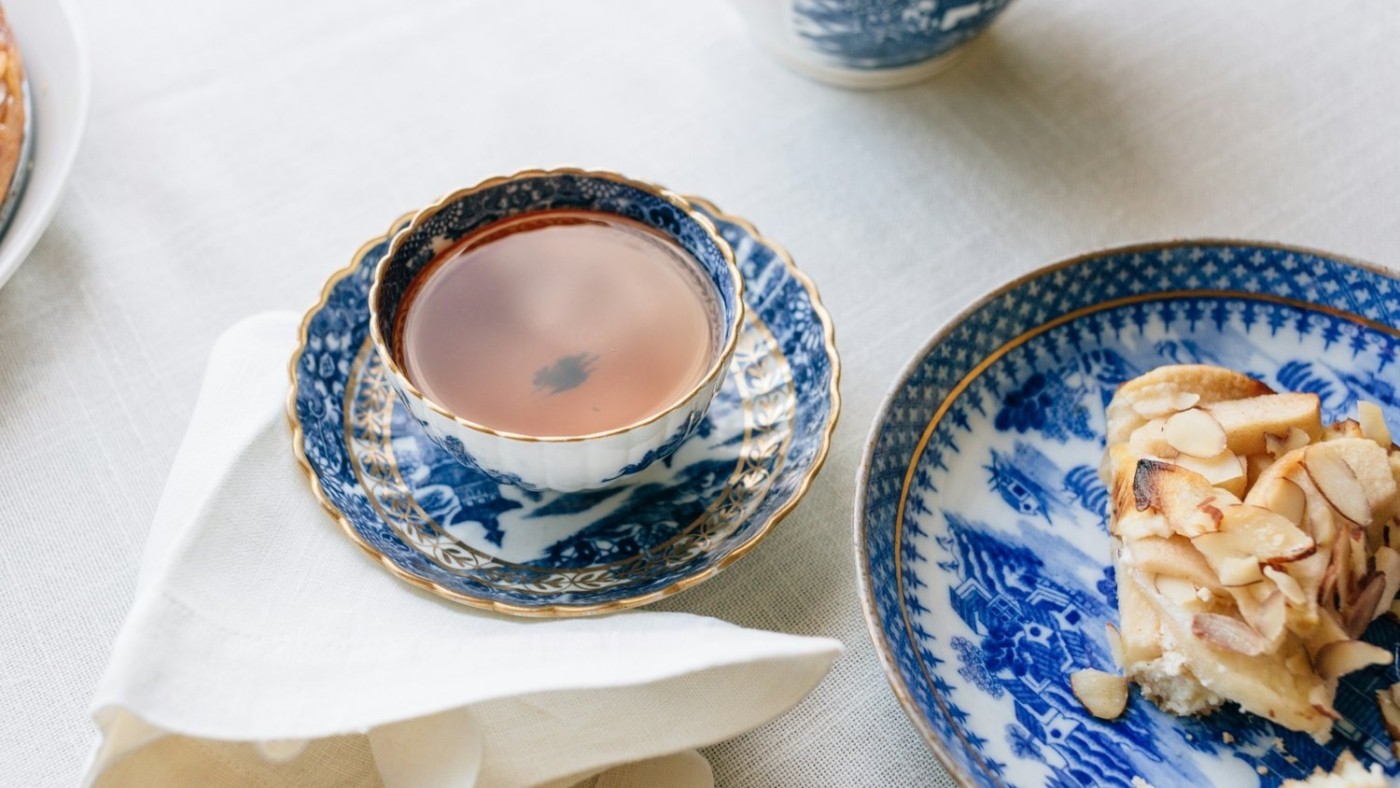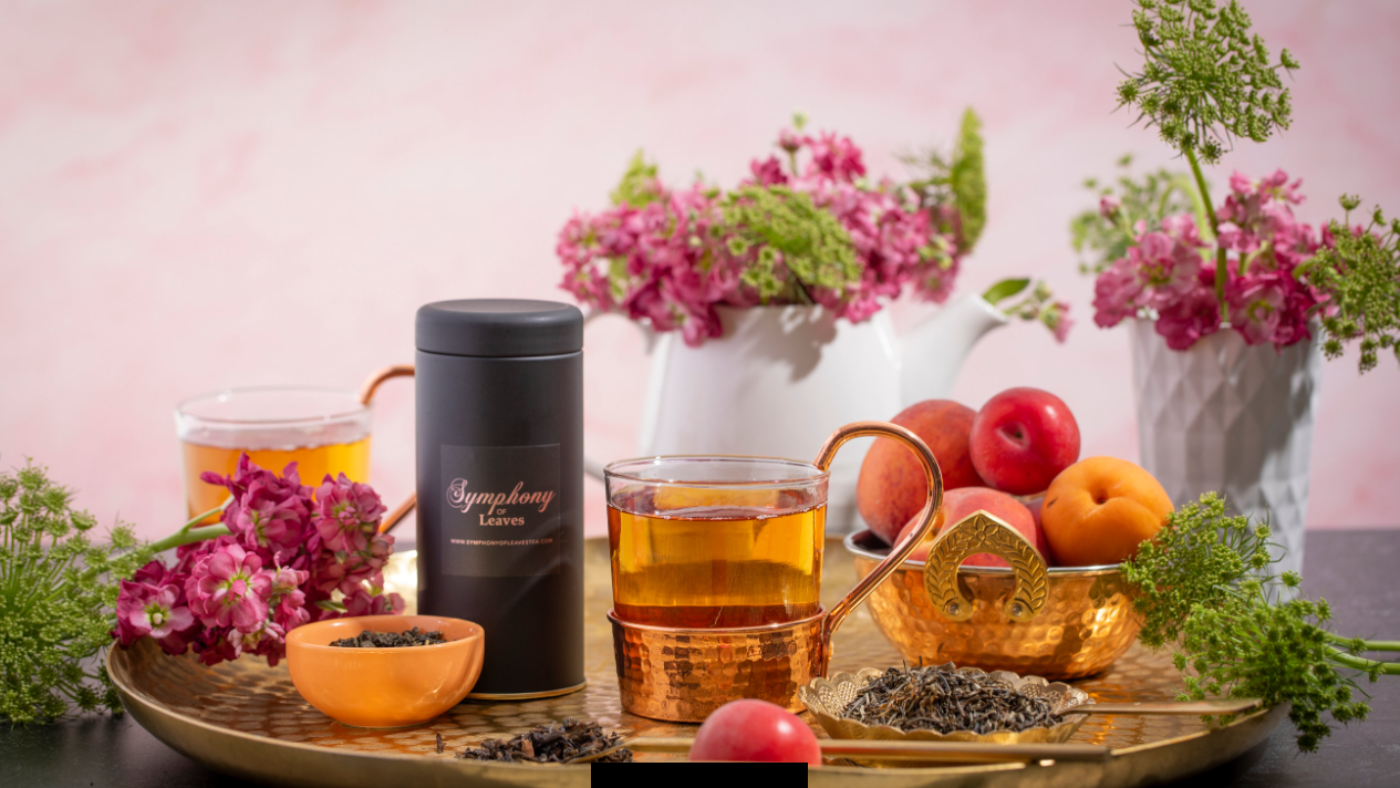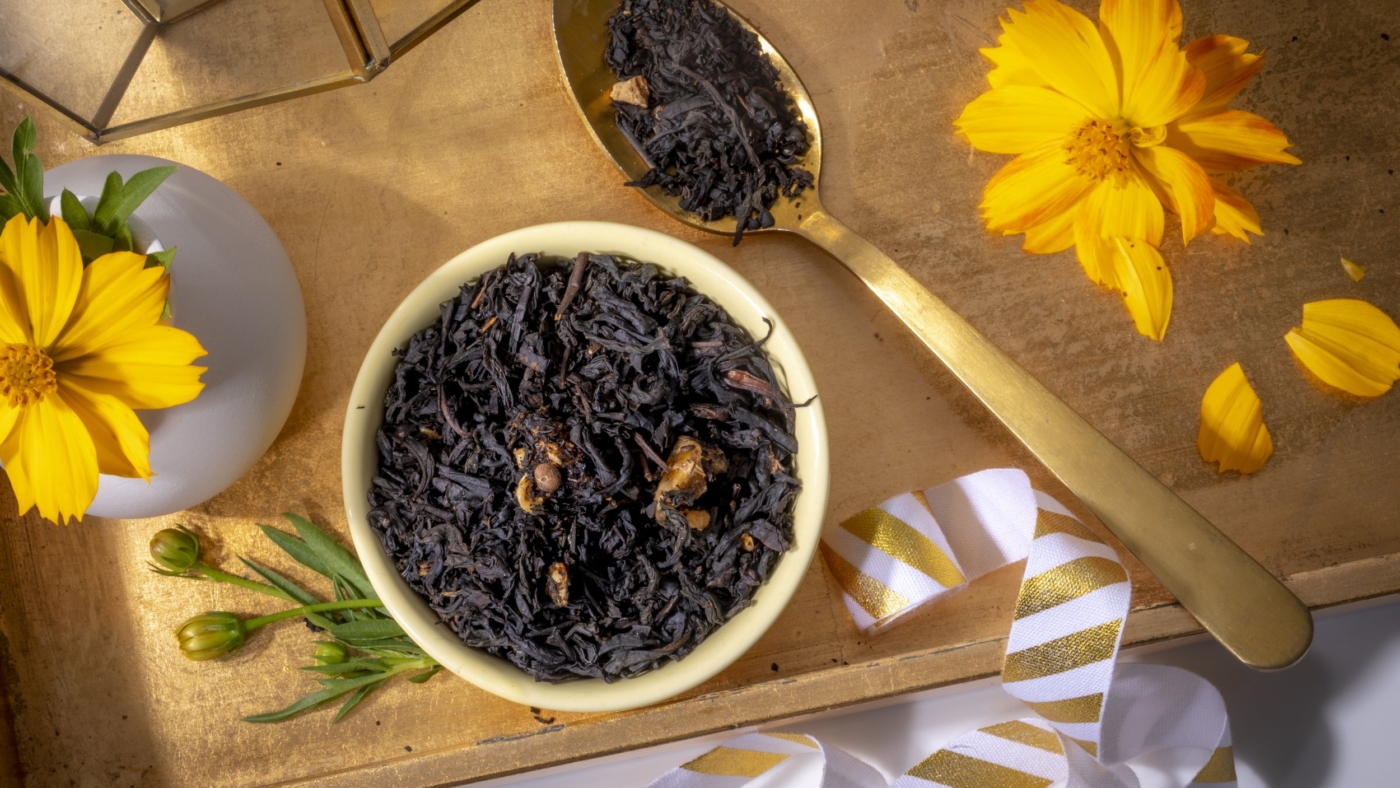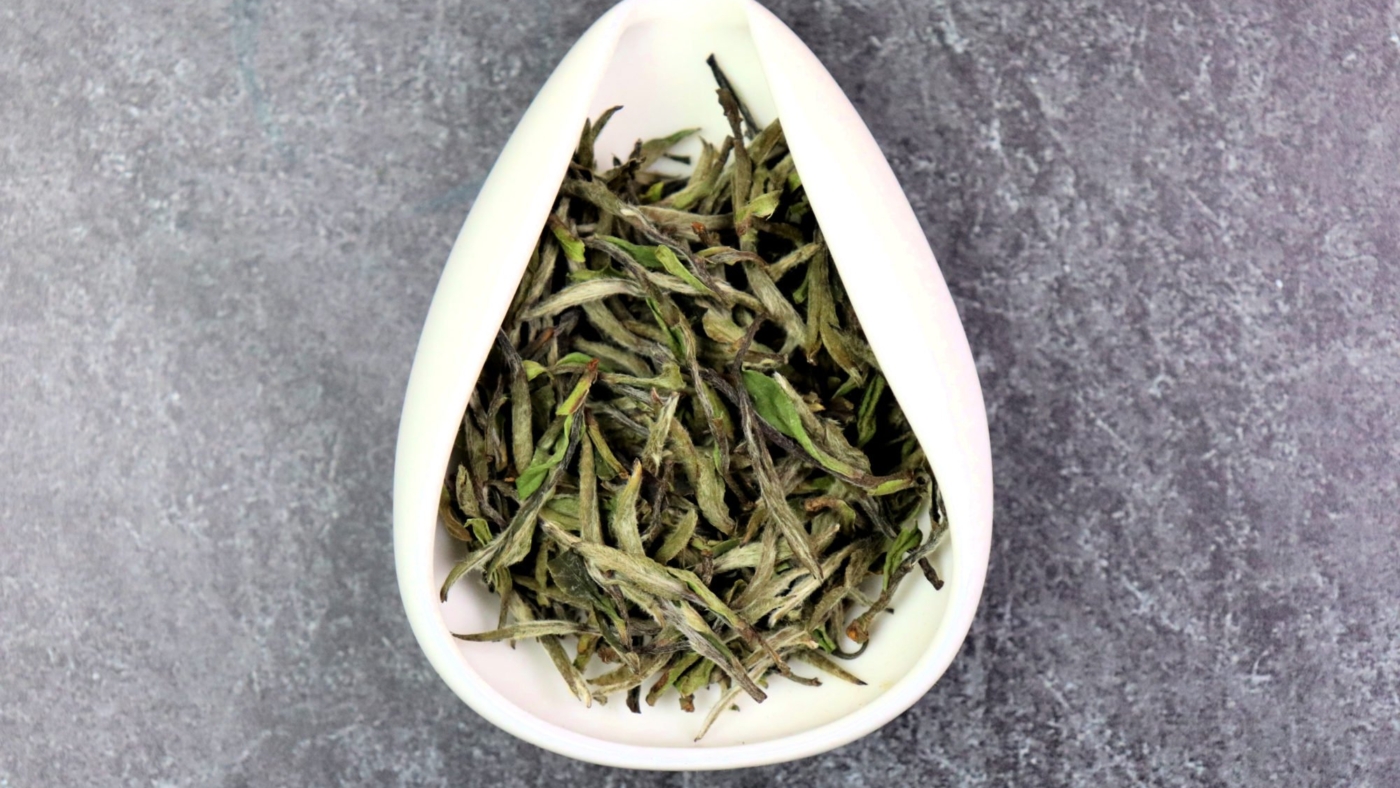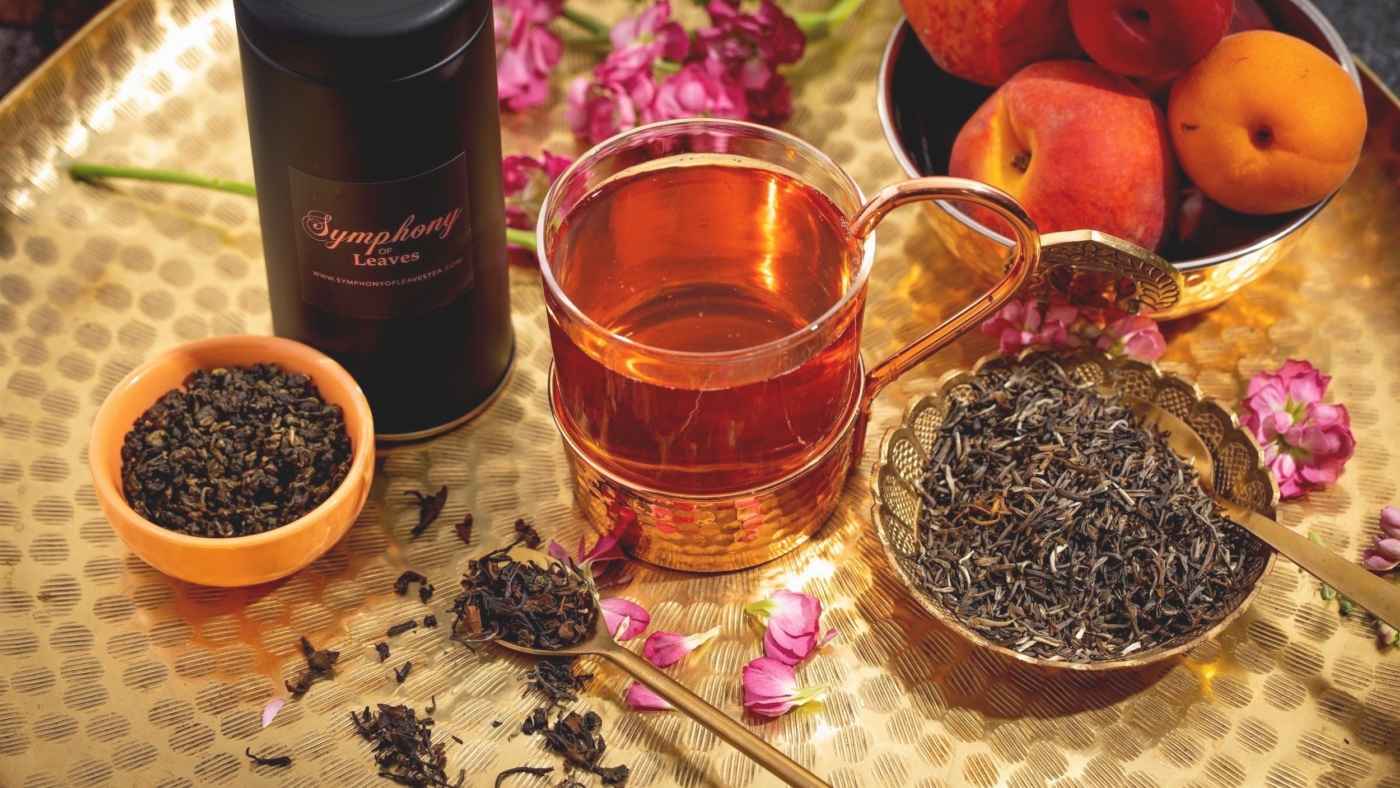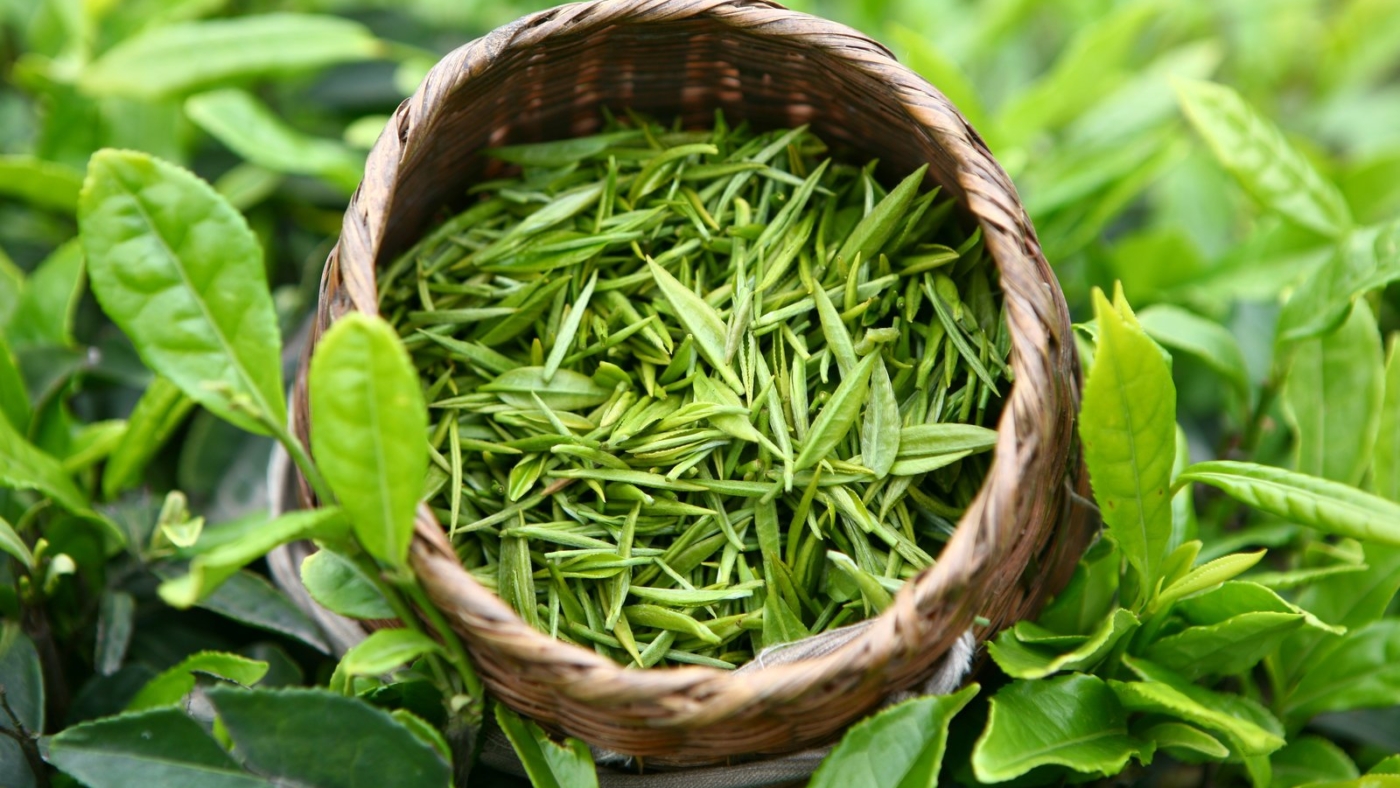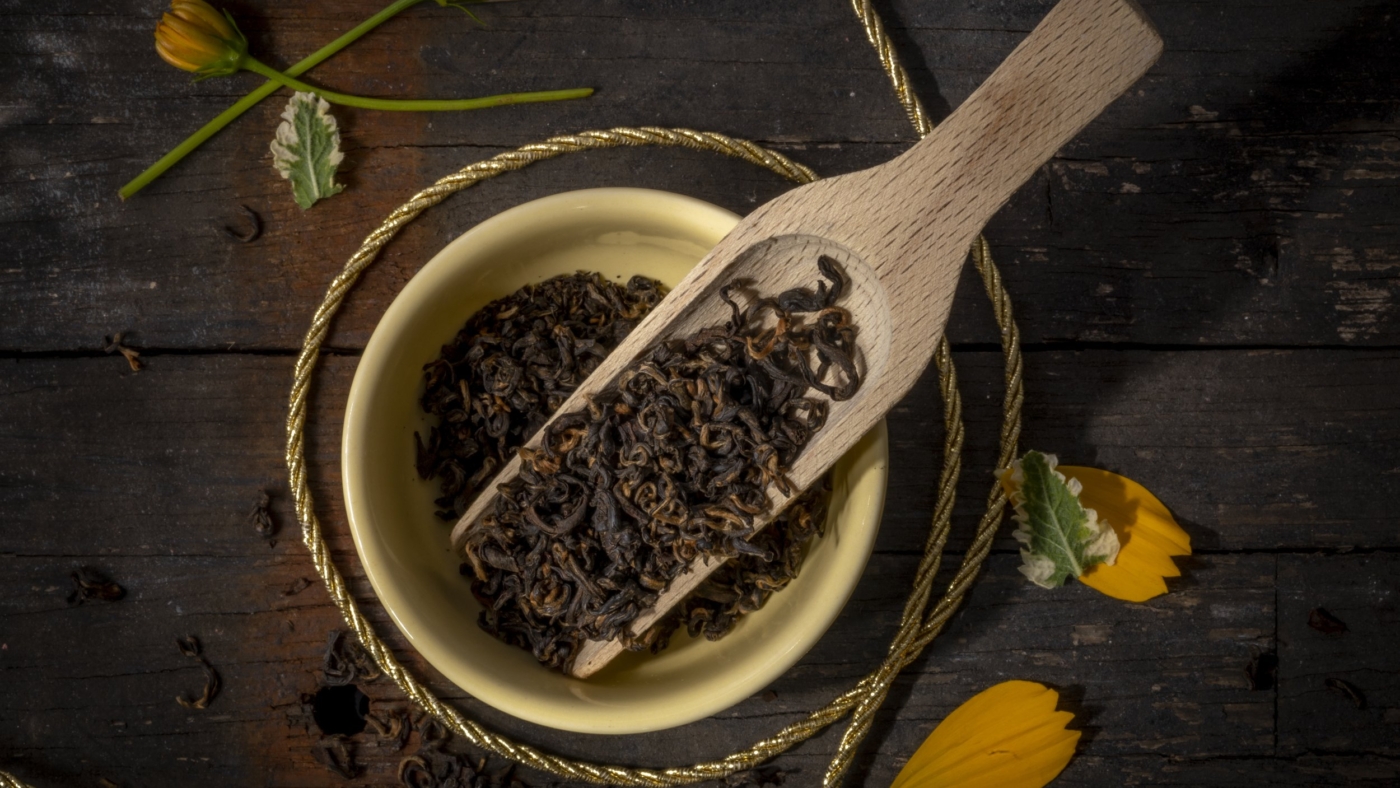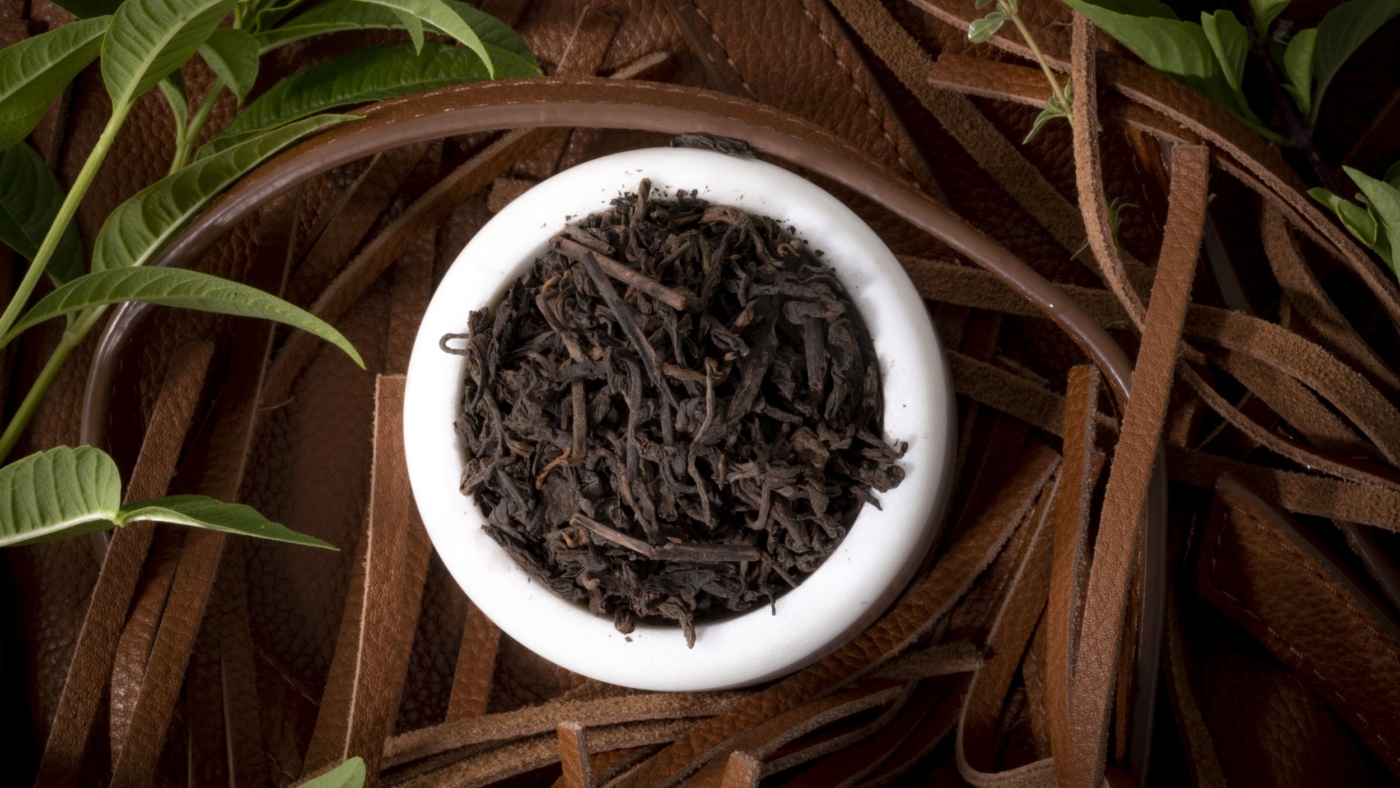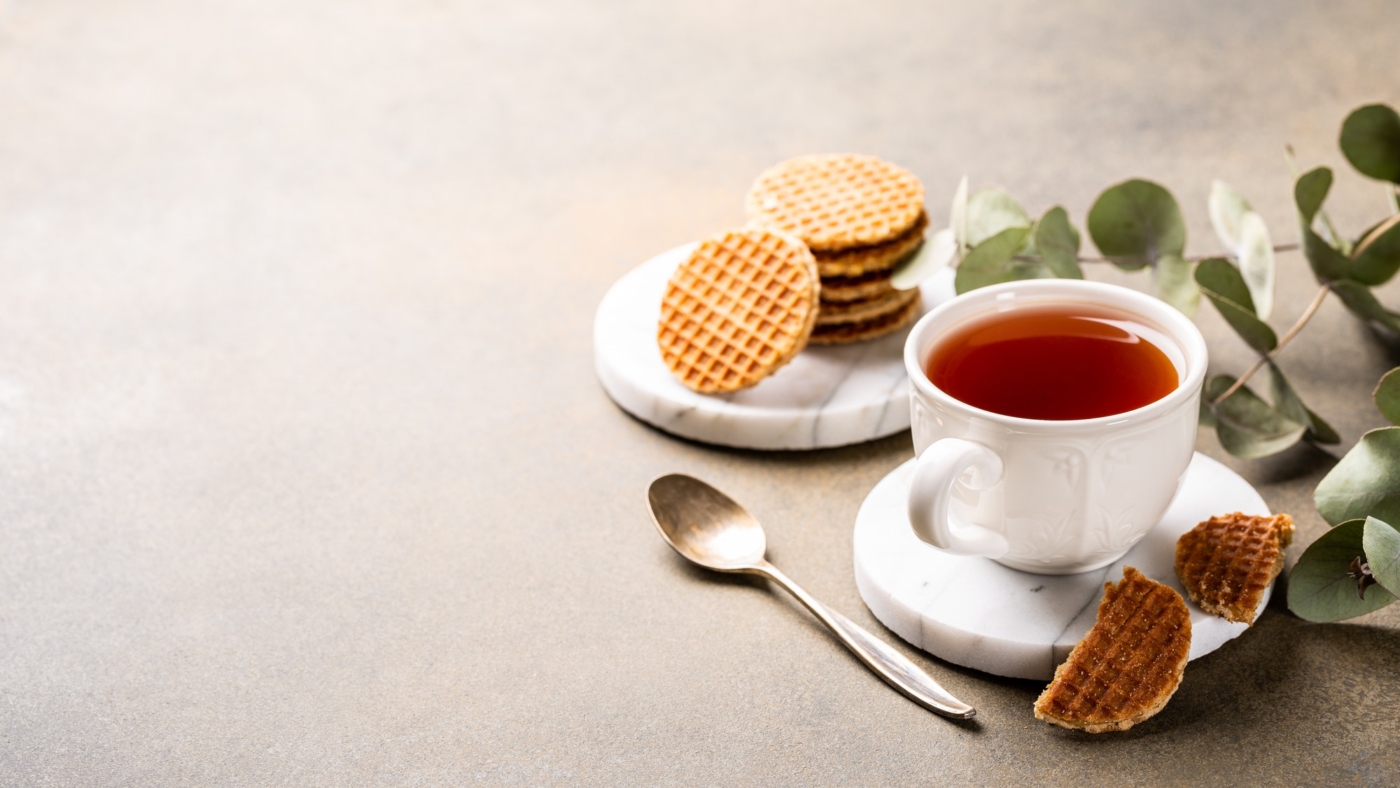The Rise of Chinese Teas
Chinese teas have been gaining popularity worldwide for their unique flavors and sustainable production methods. The rise of Chinese teas can be attributed to their rich history, diverse varieties, and increasing demand for high-quality, environmentally-friendly products. In recent years, Chinese teas have stood out in the global market for their exceptional taste, health benefits, and commitment to sustainability.
What Makes Chinese Teas Luxurious?
Chinese teas are often considered luxurious due to their long history of cultivation and exquisite flavors. The unique growing conditions in China, such as high altitudes and diverse climates, contribute to the teas’ exceptional quality. Additionally, traditional Chinese tea-making methods involve meticulous processing techniques that preserve the teas’ natural flavors. Teas such as Dragon Well (Longjing) and Da Hong Pao are highly prized for their rich taste and health benefits. In the world of sustainability, Chinese tea growers have also embraced eco-friendly practices, such as organic farming and sustainable packaging, making Chinese teas a standout choice for those seeking both luxury and environmental consciousness.
Sustainability Practices in Chinese Tea Production
Chinese tea production has a strong focus on sustainability. Many tea farms in China prioritize eco-friendly practices to ensure the environment is protected. Here are some common sustainability practices in Chinese tea production:
-
Water Conservation: Water is a precious resource in tea production, so many farms implement water-saving techniques to conserve this vital resource.
-
Biodiversity: Maintaining a diverse ecosystem is crucial for tea cultivation. Chinese tea farms often preserve natural habitats to support diverse plant and animal species.
-
Soil Health: Healthy soil is essential for growing quality tea. Farmers in China use techniques like composting and crop rotation to enhance soil fertility naturally.
-
Traditional Techniques: Chinese tea farmers often blend modern methods with traditional techniques to ensure sustainable practices are preserved for future generations.
Exploring the Varieties of Chinese Teas
Chinese teas offer a wide range of options to explore, from delicate white teas to robust black teas and everything in between. Each type of Chinese tea has its own unique flavor profile and characteristics, making it a fascinating journey to discover the diversity and richness of Chinese tea culture. Green tea, oolong tea, black tea, and Pu-erh tea are among the most well-known varieties, each with its distinct taste and health benefits. So whether you’re a fan of floral notes, earthy flavors, or bold aromas, there’s a Chinese tea waiting to tantalize your taste buds.
Health Benefits of Chinese Teas
Chinese teas have been esteemed for their numerous health benefits. From improving heart health to boosting metabolism, these teas are packed with antioxidants that can help in reducing the risk of chronic diseases. Some of the key health benefits of Chinese teas include enhancing mental alertness, relieving stress, and aiding digestion. The diverse varieties of Chinese teas cater to different health needs, whether you seek relaxation, a metabolic boost, or simply a moment of tranquility.
The Art of Brewing Chinese Teas
Brewing Chinese teas is an art that involves precise steps to extract the best flavors. Here’s how you can brew Chinese teas to perfection:
-
Use fresh, filtered water, as water quality affects the taste.
-
Heat the water to the correct temperature based on the type of tea you are brewing.
-
Preheat the teapot or gaiwan to maintain the tea’s temperature.
-
Measure the right amount of tea leaves based on your taste preference.
-
Steep the tea for the appropriate time, usually between 1 to 5 minutes.
-
Enjoy the rich flavors and aromas of Chinese teas, appreciating the unique experience they offer.
Chinese Teas and Cultural Significance
Chinese teas have a rich cultural heritage, encompassing centuries of tradition and significance in Chinese society. They are not just beverages but symbols of respect, hospitality, and sharing moments of togetherness. Here are a few key points to understand the cultural significance of Chinese teas:
-
Tea ceremonies: In China, tea ceremonies are a traditional way of serving and drinking tea, showcasing respect, tranquility, and harmony.
-
Symbolism: Different types of Chinese teas hold symbolic meanings, such as prosperity, good luck, or purity, adding depth to their consumption.
-
Medicinal properties: Chinese teas are valued not only for their taste but also for their medicinal properties, believed to promote health and well-being.
-
Cultural exchange: Chinese teas have played a crucial role in cultural exchanges, spreading Chinese traditions and values worldwide.
Understanding these aspects helps grasp why Chinese teas hold a significant place in the world of luxury and sustainability.
Sourcing Authentic Chinese Teas
To ensure you are getting authentic Chinese teas, look for teas that are sourced directly from reputable tea farms in China. This direct sourcing guarantees the teas’ quality and authenticity. When purchasing Chinese teas, focus on teas that are labeled as “single-origin” or “estate-grown,” as these are more likely to offer a true taste of Chinese tea culture. Additionally, consider teas that are certified organic or Fair Trade to support sustainable and ethical tea production practices in China.
Packaging and Presentation: Aesthetic Appeal
Chinese teas are often meticulously packaged and presented with great attention to detail, making them stand out in terms of aesthetic appeal. The packaging of Chinese teas is an art form, with beautiful designs and traditional elements that add to the luxury experience. Teas are often presented in elegant containers or boxes, showcasing the rich cultural heritage of Chinese tea traditions. The aesthetic appeal of the packaging enhances the overall tea-drinking experience, making it a delight for both the eyes and the taste buds.
The Future of Chinese Teas in Luxury Markets
Chinese teas are gaining prominence in luxury markets for their unique flavors and sustainable cultivation practices. With a rich history of tea production and a focus on quality, Chinese teas are capturing the attention of tea connoisseurs worldwide. The future looks promising for Chinese teas as more people appreciate the craftsmanship and sustainable methods employed in their cultivation.

